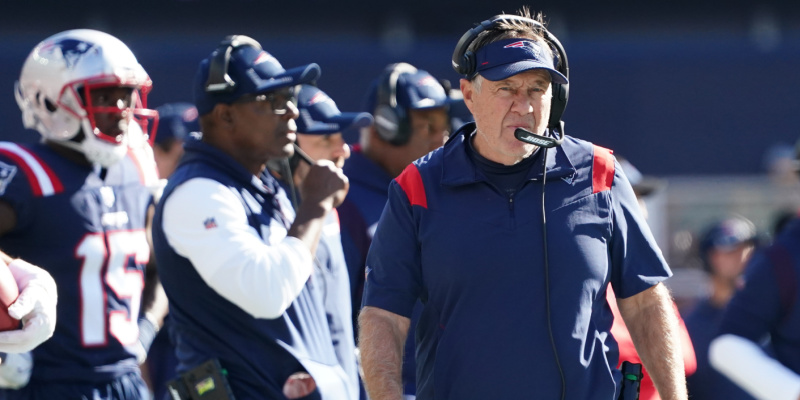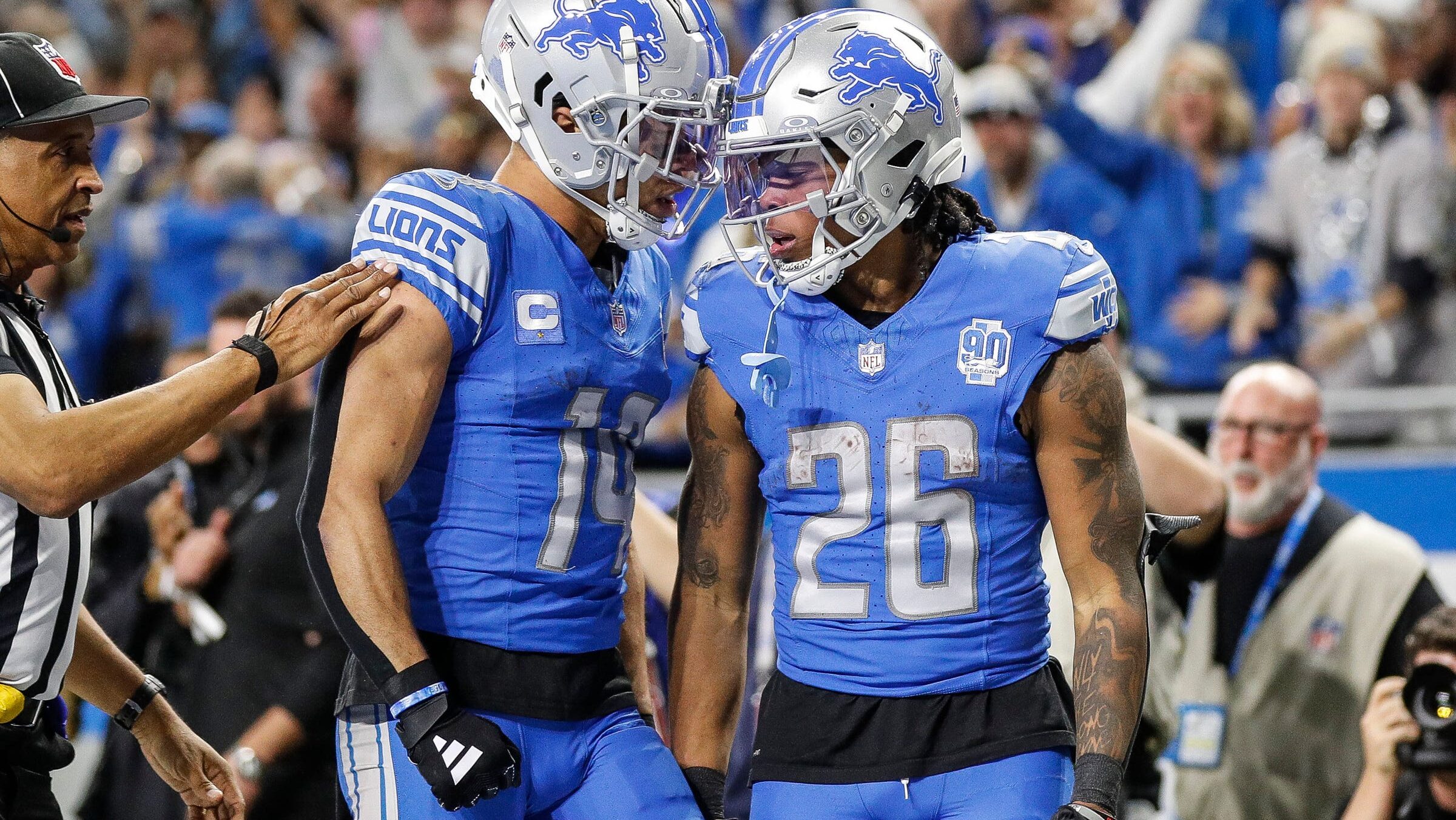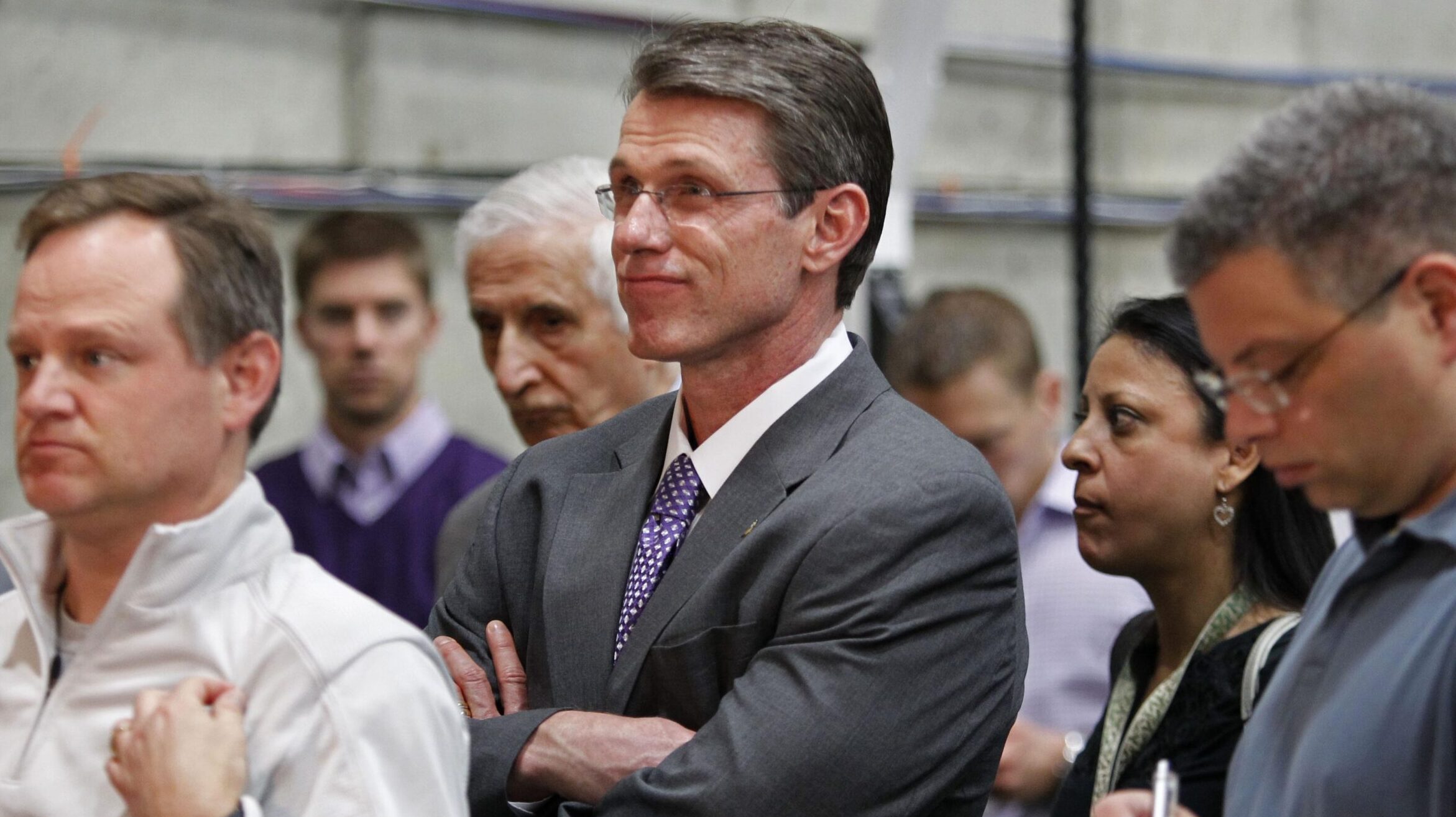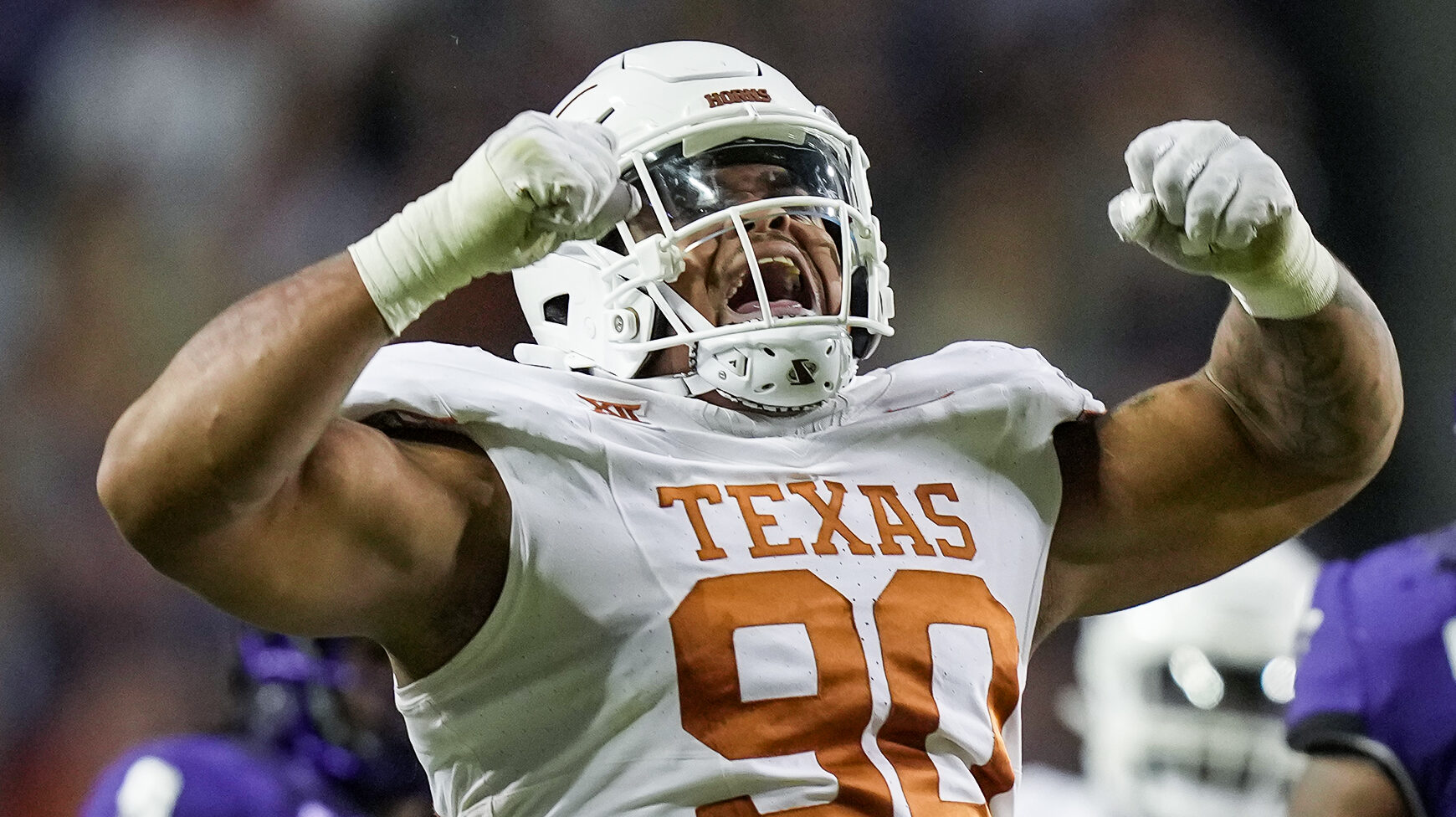Expert Analysis
11/18/21
5 min read
The Patriots Dynasty Reborn: How Belichick Rebuilt New England Without Tom Brady

In 2020, the Patriots finished 3rd in the AFC East with a 7-9 record. This was their first time missing the playoffs since 2008 and their first losing record since 2000. Despite having one of the greatest coaches in NFL history — Bill Belichick — it was unclear how they would be able to rebuild their team in the post-Tom Brady era.
Nonetheless, The Patriot Way continues. After dismantling the Browns 45-7 this week, New England sits at 6-4 and just half a game behind the Bills for first in the AFC East. If the playoffs began today, the Patriots would be the 6th seed in the AFC.
The question, then, is how have the Patriots managed to rebuild themselves into a contender so quickly? From a roster construction standpoint, they have hit on players in both acquisition markets: the draft and free agency. Let’s start with the draft.
The Draft
It is no secret that Belichick has an affinity for draft-day trades. Since he was hired as the Patriots Head Coach in 2000, no team has made more deals on draft-day; the Patriots 84 such trades is over 20 more than the next closest team.
While this isn’t a new strategy for them, the Patriots have been particularly effective with draft trades over the last two seasons. In 2020, they traded back in the first round, getting the Chargers’ second- and third-round picks (37th and 71st) in exchange for their first round pick (23rd). New England used the 37th pick on Safety Kyle Dugger out of Lenoir–Rhyne. Dugger has played well this season, filling Patrick Chung’s old role. Since Chung opted out of the 2020 season and retired prior to this year, Dugger's play has been crucial.
In addition to Dugger, the Patriots hit on Michael Onwenu, who they drafted in the 6th round out of Michigan in 2020. Onwenu is a versatile Offensive Lineman who has played over 200 snaps this season at both LG and RT. But with Trent Brown’s return this week, Onwenu moved back to LG.
This made a significant difference, as the Patriots held the Browns’ pass-rushers to their lowest combined pressure rate of the season (7.5%). As for Onwenu specifically, he has excelled in the run game and boasts PFF’s 3rd highest Run Blocking Grade for all offensive linemen with at least 100 snaps (92.4); only Trent Williams and Zack Martin are ranked higher.
In 2021, the Patriots executed another successful draft-day trade, but this time they traded up to select Alabama’s Christian Barmore. They acquired Cincinnati’s second-round selection (38th) in exchange for their second-round pick and two fourth-round selections (46th, 122nd, and 139th). Barmore has played 58% of New England’s defensive snaps this season.
The most important trade decision the Patriots made over the last few drafts, however, was to refrain from trading up for QB Mac Jones. It took a lot of courage and conviction to hold their position and wait for Jones. Ultimately though, they must be commended — Jones fell to them at 15th overall and has played like a QB who should have been selected second overall, at the latest. His PFF Grade of 88.7 is not only the best for any rookie QB, it’s also the fourth best in the NFL. He also ranks 7th in Next Gen Stats Completion Percentage Over Expected metric (+2.6%), demonstrating his accuracy.
Free Agency
Similar to the Patriots draft-day trades, it also isn’t a secret that the Patriots made significant investments in free agency this offseason. According to Over the Cap, the Patriots are fourth in Active Cash Spending ($220,893,314) behind only Tampa Bay, Dallas, and San Francisco.
While they didn’t bat 1.000 this offseason, the Patriots were able to identify arbitrage opportunities on the market. Edge rusher Matthew Judon has played exceptionally well. His 9.5 sacks this season ranks 4th in the league. Though Myles Garrett and T.J. Watt lead the NFL in sacks, they also earn $25M and $28M APY, respectively. Compare this to Judon, who signed a 4-year deal for $13.625M per year. He may trail Watt by 3 sacks, but that difference is not worth over double the salary.
Another inefficiency the Patriots looked to exploit this offseason was the TE market. They were criticized for giving Hunter Henry and Jonnu Smith the 4th and 5th highest contracts at the position ($12.5M APY each). But they recognized that TEs are undervalued as a position. Based on APY, the highest paid TE in the NFL — George Kittle, $15M — makes less than the highest paid player at every position other than Center (Frank Ragnow, $13.5M).
Now, although the deal with Jonnu Smith doesn’t look very good right now, Hunter Henry leads all TEs with 7 TDs. He is one of the primary reasons the Patriots’ red zone conversion rate has improved from 44.4% through the first 6 weeks to 73.6% over the last four games.
Yet, the Patriots didn’t just benefit from signing impact starters in Judon and Henry. They also added depth and got key reinforcements from veterans. In terms of the former, Jalen Mills and Myles Bryant have been instrumental in the Patriots defensive personnel usage; New England has played at least 5 DBs on 89.9% of snaps, the third most in the NFL according to PFF. As for veteran reinforcement, Dont'a Hightower returned after opting out of the 2020 season. The Patriots also brought back Kyle Van Noy after he was cut by the Dolphins. Both players have played over 67% of New England’s defensive snaps.
Moving forward, the Patriots control their own destiny in the AFC East with two games remaining against Buffalo. The Jets are in year one of a rebuild and the Dolphins have been inconsistent. Winning the division seemed out of reach following last season, but it looks increasingly plausible each week. The Patriots have put themselves in this position by making intelligent roster moves on both the free agent market and in the draft.






